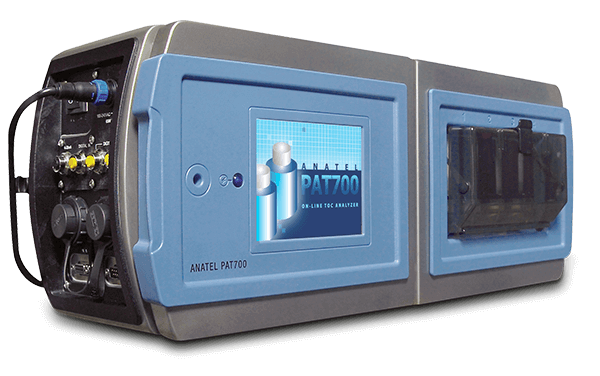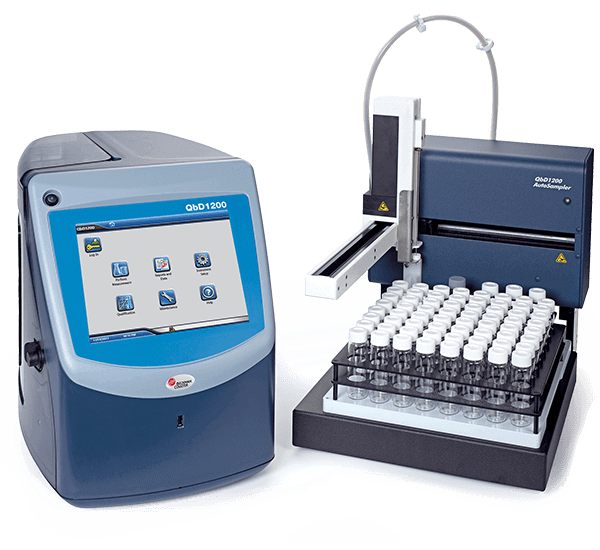TOC analyzers for lab and online measurements
How to save time and costs when measuring TOC in pharmaceutical purified water and water for injection
Intelligent solutions for TOC measurements in pharmaceutical QC
Beckman Coulter’s TOC analyzers provide consistent and accurate proof of compliance with pharmacopeia requirements for the TOC analysis of pharmaceutical grade purified water (PW) and water for injection (WFI). Easy and extremely low-cost maintenance as well as low downtimes make these TOC analyzers the perfect cost-effective and time-saving solutions for your laboratory. The instruments, of course, comply with all global pharmacopeias (USP, EP, JP). 21 CFR Part 11 compliant batch release reports reduce the administrative burden of ensuring a smooth audit while integrated, automated SOPs help to reduce operating errors.
At a glance: TOC analyzers for online and lab measurements
Online TOC analyzer for production
PAT700

- Can be integrated directly into the production line
- Accurate results thanks to dynamic endpoint determination
- Measuring range: 0.5 ppb to 2,000 ppb
- Complete oxidation of each sample (meeting EP 2.2.44)
TOC analyzer for the QC laboratory
QbD1200*

- Requires only one reagent and annual maintenance
- Measuring range: 0.4 ppb to 100,000 ppb
- Analysis time: ~5 minutes
- Detection limit: 0.4 ppb
- Precision <2% or 3 ppb
- Calibration time: 90 minutes
* temporarily not available
You have questions about the TOC analyzers, would like further information or a quotation?
Then please contact us. Simply enter your request into the comment field. We look forward to supporting you!
